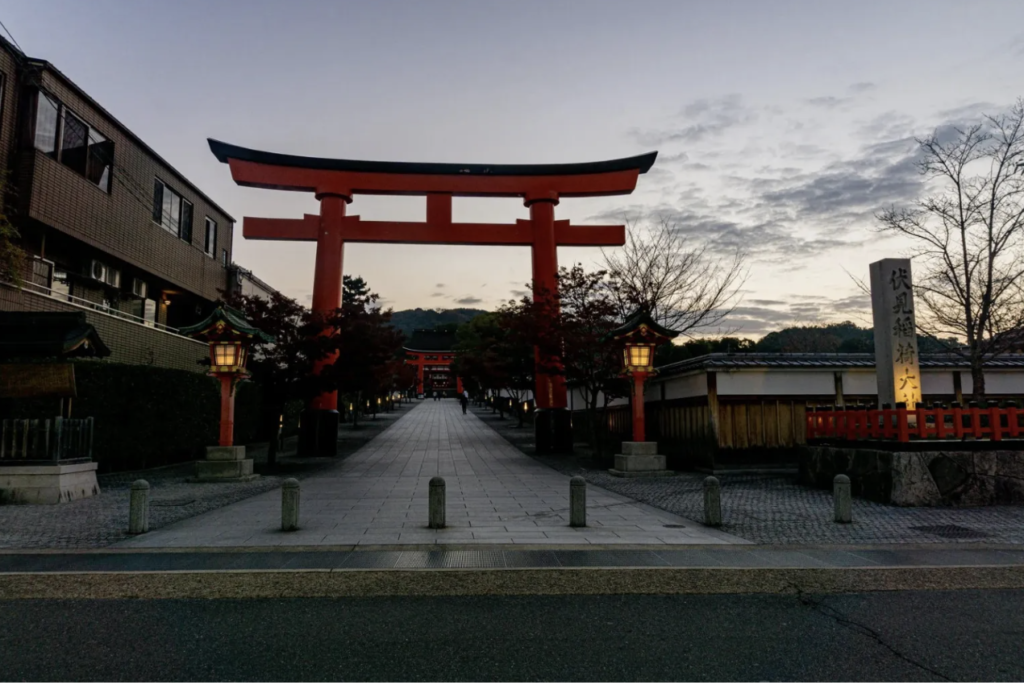Tokyo, 5 February, /AJMEDIA/
Kyoto has long been feeling the strain of overtourism, which not only places a burden on tourist sites but local residents, who find it difficult to go about their daily lives. This struggle was clearly evident near Fushimi Inari Taisha last week, when a dangerous situation arose at a railway crossing.
On January 26, a large group of tourists were making their way over the crossing when the alarm began to sound, indicating the imminent arrival of an oncoming train. When the alarm rings out at a Japanese railway crossing such as this one, the poles lower automatically to prevent people from entering the crossing, but on this particular day, tourists ignored all the warning signs, continuing over the tracks as the poles jostled around their heads.
With no sign of the crowd abating, the emergency button was pressed, alerting the driver of the oncoming train, who stopped the vehicle. As a result, the train was delayed for roughly 20 minutes, inconveniencing commuters.
Thankfully, the quick-thinking actions of whoever pressed the emergency button helped to prevent a major incident, but according to local residents and shopkeepers, overcrowding at this site isn’t an anomaly, with tourists impeding the proper functioning of the crossing numerous times every week.
Kyoto City employs security guards to help control the crowds here at busy times such as New Year’s and sakura cherry blossom season, but there are no guards overseeing the site at this time of year. This is proving to be problematic, though, as the end of January and early February coincides with the Chinese New Year holiday period, when Japan sees a large uptick in Chinese tourists, and reports say the voices in the crowd at the railway crossing were heard to be Chinese.
▼ This site becomes incredibly congested as it’s located at the start of the approach to the shrine, which has a history stretching back more than 1,300 years.

